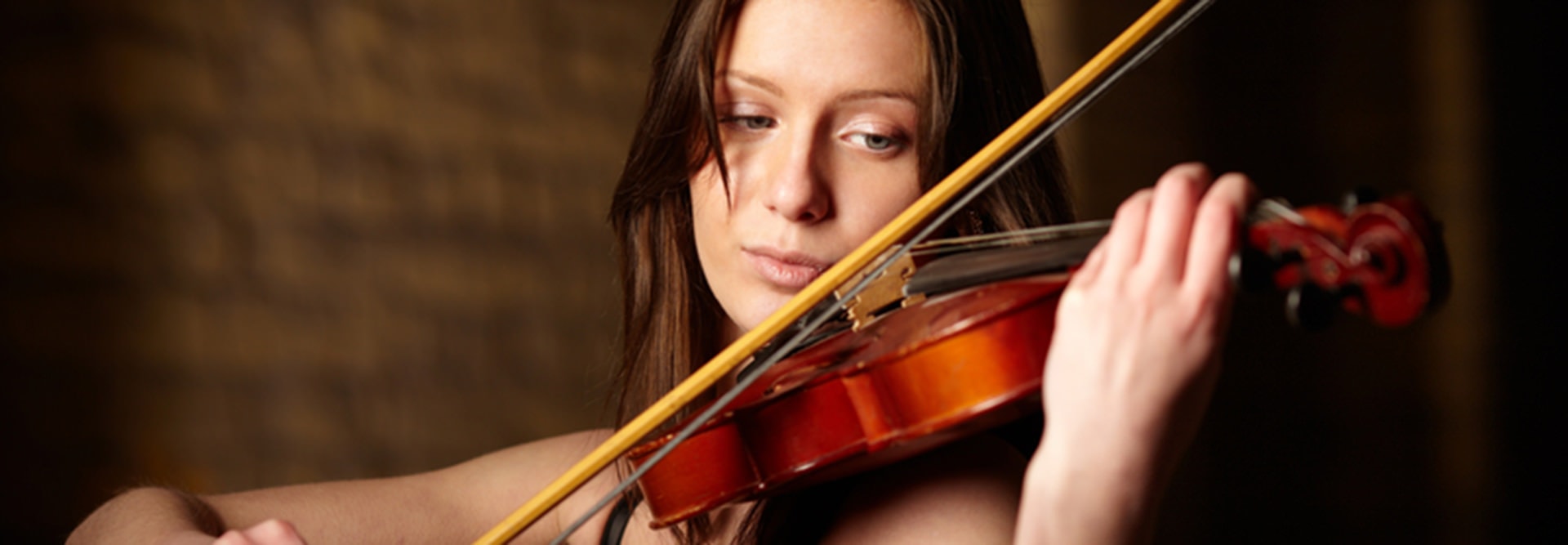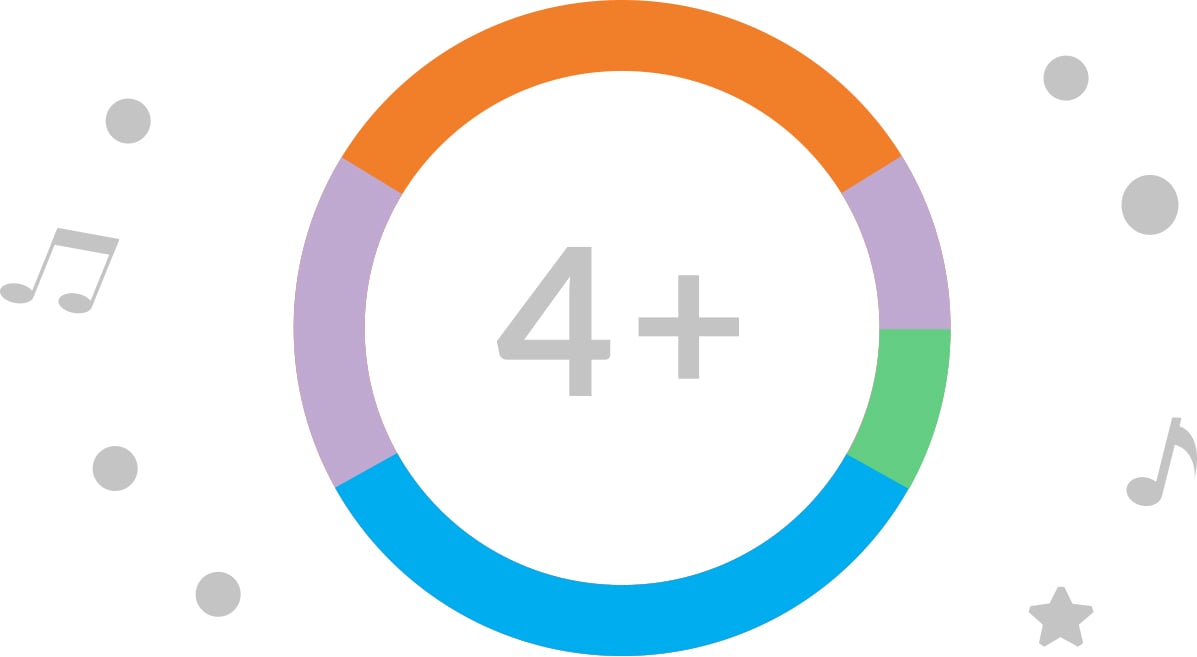
Learning how to play violin is a great way for children and adults alike to start a lifelong relationship with music. Violin is one of the first instruments children can start learning and while it is most commonly associated with classical music, it is now used in a wide variety of music, including pop, rock, jazz, and folk. Whatever genre you are interested in, Musika’s network of teachers work with students of all ages and experience levels to get you where you want to go.
The violin is played by drawing a bow over one or more of the four strings on the instrument. By holding down the strings with the hand not holding the bow, different pitches can be produced to play complex melodies. The strings can also be plucked with the fingers, a practice referred to as pizzicato. The violin is held by resting it on the left shoulder and holding it in place with the side of the cheek. For younger players, a foam pad called a shoulder rest is sometimes employed to help support the instrument and prevent strain on the player. The left hand can then move to different positions on the neck of the violin while the right hand holds the bow.


